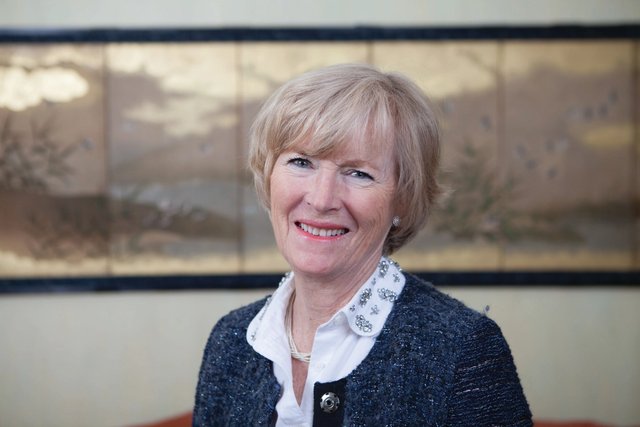This year marks the 25th anniversary of the Washington Principles, the 11-point text published to help resolve issues on Nazi-confiscated art. While the principles are non-binding, they have done much to advance both provenance research and the restitution of looted works, along with a much greater awareness of this issue.
But there has been a particular problem in France when a previously looted work has been found in a state museum, since French law forbids the deaccessioning of such works once acquired.
Last February the “Bachelot” law (named after Roselyne Bachelot, the then French culture minister) was voted in: it allowed 15 named works in French museums—including Klimt’s Rosiers sous les arbres (around 1905) to be returned to their original owners. And another three laws soon to go before the French parliament will modify the French patrimony code. It will mean that restitution will be greatly accelerated, without an act of parliament being necessary each time.
While these new proposed laws are French ones—and they also include the thorny question of restitution of human remains and objects looted from African countries—their impact on the art market and the wider international context seems certain.
For a start, they should increase the speed with which identified looted works can come to market; it took almost three years between the heirs claiming the Klimt and the French law to be changed. This process would be greatly accelerated under the new rules.
They will also benefit the art market, since today there are often a number of heirs involved in cases and the only equitable solution is to sell the work and divide the total.
In addition, a restituted work of art that comes up for sale is “clean” of any suspected provenance issues, while a museum provenance greatly enhances its value: even more reason for the heirs to sell the work. It is no wonder that Christie’s is sponsoring a year-long programme to “educate collectors and buyers”. And, one might add, vendors as well.
But in a recent case, Christie’s has been ordered by a French court to return an Adriaen Van Der Werff painting from 1707, The Penitent Magdalene, to the heirs of a French banker and distant relative of the writer Marcel Proust from whom it was allegedly stolen in 1942. Interestingly, the court applied a 1945 French law to order the return of the Nazi-looted art work—which was located abroad.
All this shows how global the issue of restitution can be—and how it can have other ramifications. Indeed, the proposed French laws could be relevant to Britain, which has been grappling for generations with the contentious issue of the Parthenon Marbles. The British Museum Act, originally passed in 1902, precludes the return of works from the museum, and has invariably been cited as the reason the Marbles cannot be restored to Greece.
The act was also invoked in a test case dating from 2005. It was brought by the heirs of Albert Feldmann, who were claiming four Old Master drawings in the British Museum, looted from the owner‘s home in Czechoslovakia in 1939. The British High Court judge was forced to block the return, citing the act, although perplexingly, at the time a British Museum spokeswoman expressed her “disappointment” at the ruling.
The Marbles situation remains as difficult as ever. Might the French examples trigger a bold new approach to the British case as well?





